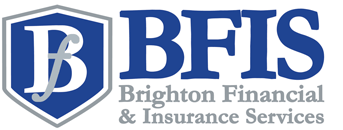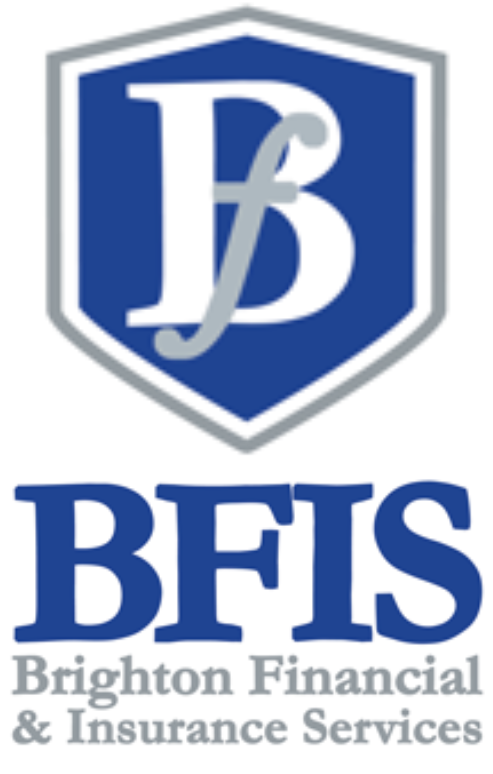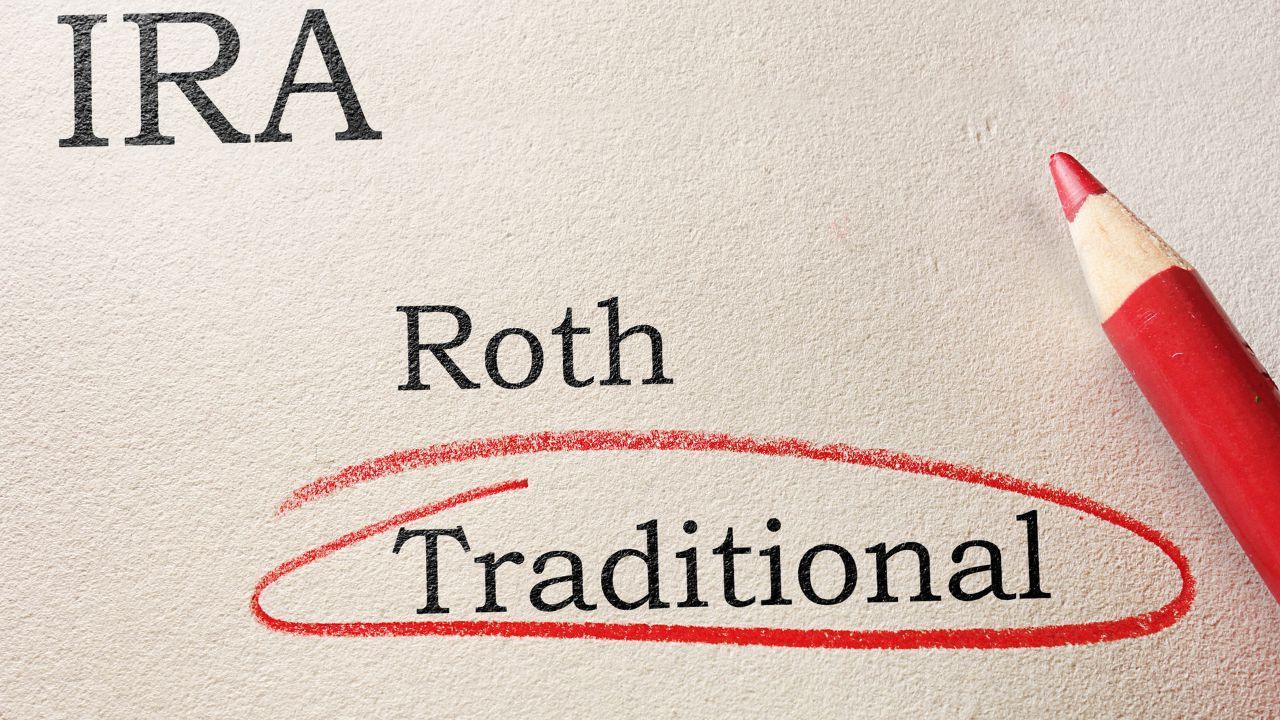What you need to know about Roth IRAs: A Comprehensive Guide
See How We're Different
or call us: 888-412-7630

By: Vernon Williams | Commercial Agency Advisors & Principal
888-412-7630 | vwilliams@thebrightonfinancial.com
Roth IRAs have become increasingly popular among individuals seeking to save for retirement. In this comprehensive guide, we will take a deep dive into the world of Roth IRAs, providing you with the necessary information to make informed decisions about your financial future.
Understanding the Basics of Roth IRAs
A Roth IRA is a type of individual retirement account that offers unique advantages compared to traditional IRAs. It is named after Senator William V. Roth Jr., who played a pivotal role in creating this retirement savings vehicle.
Roth IRAs provide individuals with a powerful tool for saving for retirement. Unlike traditional IRAs, contributions to a Roth IRA are made with after-tax income. This means that individuals do not receive an immediate tax deduction for their contributions. However, the real benefit of a Roth IRA lies in its tax-free growth and tax-free withdrawals.
Definition of Roth IRA
A Roth IRA is a retirement savings account that allows individuals to contribute after-tax income. The contributions grow tax-free, and qualified withdrawals are also tax-free.
When you contribute to a Roth IRA, you are essentially investing in your future. The money you contribute is invested in a variety of assets, such as stocks, bonds, and mutual funds. Over time, these investments have the potential to grow, allowing your retirement savings to increase.
One of the key advantages of a Roth IRA is that qualified withdrawals are tax-free. This means that when you reach retirement age and start taking money out of your Roth IRA, you won't owe any taxes on those withdrawals. This can be a significant benefit, as it allows you to maximize the value of your retirement savings.
The History of Roth IRAs
Roth IRAs were introduced in 1997 as part of the Taxpayer Relief Act. The goal was to provide individuals with a tax-efficient way to save for retirement. Roth IRAs quickly gained popularity due to their unique tax advantages.
Before the introduction of Roth IRAs, individuals had limited options when it came to tax-advantaged retirement savings. Traditional IRAs allowed for tax-deductible contributions, but withdrawals in retirement were subject to income tax. Roth IRAs changed the game by offering tax-free growth and tax-free withdrawals.
Since their inception, Roth IRAs have become a popular choice for individuals looking to save for retirement. They offer flexibility and tax advantages that can make a significant difference in the long run. By contributing to a Roth IRA, individuals can take advantage of the power of compounding and potentially build a substantial nest egg for their retirement years.
It's important to note that there are income limits for contributing to a Roth IRA. These limits vary depending on your filing status and can change from year to year. It's always a good idea to consult with a financial advisor or tax professional to determine if you are eligible to contribute to a Roth IRA.
In conclusion, understanding the basics of Roth IRAs is essential for anyone looking to save for retirement. By taking advantage of the unique tax benefits offered by Roth IRAs, individuals can potentially build a more secure financial future. Consider exploring the possibilities of a Roth IRA and start planning for your retirement today.
The Benefits of Investing in a Roth IRA
Investing in a Roth IRA comes with several advantages that make it an attractive retirement savings option. Let's explore some of these benefits.
Tax-Free Withdrawals
One of the primary advantages of a Roth IRA is that qualified withdrawals are tax-free. Unlike traditional IRAs, where withdrawals are subject to income tax, Roth IRA withdrawals are not taxed as long as certain conditions are met.
Imagine being able to enjoy your retirement without having to worry about paying taxes on your hard-earned savings. With a Roth IRA, you can do just that. Whether you decide to travel the world, pursue your hobbies, or simply relax and enjoy your golden years, knowing that your withdrawals won't be diminished by taxes can provide you with peace of mind and financial security.
Furthermore, tax-free withdrawals can also be advantageous in terms of estate planning. If you pass away and leave your Roth IRA to your beneficiaries, they can continue to enjoy tax-free withdrawals, providing them with a valuable financial asset for years to come.
No Required Minimum Distributions
Unlike traditional IRAs, Roth IRAs do not require minimum distributions. This means that you can keep your money invested for as long as you like, allowing it to potentially grow and compound over time.
Think about the freedom and flexibility that comes with not being forced to withdraw a certain amount of money from your retirement account each year. With a Roth IRA, you have the option to let your investments continue to grow tax-free for as long as you want. This can be particularly beneficial if you don't need the money immediately and want to leave a larger inheritance for your loved ones.
Additionally, the absence of required minimum distributions can also be advantageous if you plan to work during your retirement years. By not being obligated to withdraw a certain amount, you can continue to contribute to your Roth IRA and let your investments grow even further.
Eligibility and Contribution Limits for Roth IRAs
Before opening a Roth IRA, it's essential to understand the eligibility criteria and contribution limits that apply.
A Roth Individual Retirement Account (IRA) is a popular retirement savings option that offers tax advantages. Unlike traditional IRAs, contributions to a Roth IRA are made with after-tax dollars, meaning that withdrawals in retirement are tax-free. However, not everyone is eligible to contribute to a Roth IRA, and there are specific limits on how much you can contribute each year.
Income Limits for Eligibility
Eligibility to contribute to a Roth IRA is income-based. For single individuals, the ability to contribute phases out as their income exceeds a certain threshold. Similarly, married couples filing jointly face income limits for eligibility.
The income limits for Roth IRA eligibility are determined by your modified adjusted gross income (MAGI). For single individuals in 2021, the phase-out begins at $125,000 and is completely phased out at $140,000. For married couples filing jointly, the phase-out range is $198,000 to $208,000.
It's important to note that even if you exceed the income limits, there are strategies you can employ to still contribute to a Roth IRA. One such strategy is the "backdoor Roth IRA," which involves making a non-deductible contribution to a traditional IRA and then converting it to a Roth IRA.
Annual Contribution Limits
As of 2021, the annual contribution limit for Roth IRAs is $6,000 for individuals under the age of 50. However, if you are aged 50 or above, you can take advantage of the catch-up contribution provision, which allows an additional $1,000 contribution, bringing the total to $7,000.
It's important to note that these contribution limits are per individual, not per account. If you have multiple Roth IRAs, the total contributions across all accounts cannot exceed the annual limit.
Additionally, it's worth mentioning that the annual contribution limits for Roth IRAs are subject to change. The Internal Revenue Service (IRS) periodically adjusts these limits to account for inflation and other factors. Therefore, it's always a good idea to stay updated on the current contribution limits.
Contributing the maximum amount allowed to your Roth IRA can have significant long-term benefits. Over time, the contributions can grow tax-free, providing a substantial nest egg for retirement. It's important to take advantage of the contribution limits and make regular contributions to maximize the potential growth of your Roth IRA.
How to Open a Roth IRA
Opening a Roth IRA is a straightforward process that can be done through various financial institutions. Let's explore the steps involved in getting started.
Choosing the Right Financial Institution
When selecting a financial institution to open your Roth IRA, it's crucial to consider factors such as fees, investment options, and customer service. Research different institutions to find the one that best aligns with your investment goals and needs.
Consider the fees associated with opening and maintaining a Roth IRA. Some financial institutions may charge an annual maintenance fee, while others may have no fees at all. It's important to understand these costs and how they may impact your overall investment returns.
Additionally, evaluate the investment options available through each financial institution. Some may offer a wide range of investment choices, including stocks, bonds, mutual funds, and exchange-traded funds (ETFs). Others may have a more limited selection. Consider your risk tolerance and investment preferences when making this decision.
Customer service is another important factor to consider. You want to choose a financial institution that provides excellent customer support and is readily available to answer any questions or concerns you may have. Look for institutions with a reputation for exceptional service and accessibility.
Steps to Open a Roth IRA
Once you've chosen a financial institution, opening a Roth IRA typically involves completing an application, providing necessary identification and tax information, and funding your account. The process may vary slightly between institutions, but the basic steps remain consistent.
First, you will need to fill out an application form provided by the financial institution. This form will require personal information such as your name, address, social security number, and employment details. You may also need to provide information about your financial goals and investment preferences.
Next, you will need to provide identification and tax information to verify your identity and eligibility to open a Roth IRA. This may include providing a copy of your driver's license or passport, as well as your social security number or taxpayer identification number.
Once your application and identification have been verified, you will need to fund your Roth IRA account. This can be done through various methods, such as transferring funds from an existing retirement account, making a direct deposit, or writing a check. The financial institution will provide instructions on how to fund your account.
After funding your account, it's important to regularly review and manage your investments. Monitor the performance of your Roth IRA and make any necessary adjustments to ensure your portfolio aligns with your investment goals and risk tolerance.
Remember, a Roth IRA offers tax advantages, such as tax-free growth and tax-free withdrawals in retirement. It's a valuable tool for long-term retirement savings, so take the time to choose the right financial institution and follow the necessary steps to open your Roth IRA.
Managing Your Roth IRA
After opening a Roth IRA, it's important to actively manage your account to maximize its potential. Let's take a look at some key aspects of managing your Roth IRA.
Investment Options for Your Roth IRA
Roth IRAs offer a wide range of investment options, including stocks, bonds, mutual funds, and exchange-traded funds (ETFs). It's crucial to consider your risk tolerance, time horizon, and investment objectives when selecting your portfolio.
Understanding the Roth IRA Conversion
A Roth IRA conversion allows individuals with traditional IRAs to convert all or a portion of their funds into a Roth IRA. This can be beneficial for those who anticipate being in a higher tax bracket during retirement or wish to enjoy the unique advantages of a Roth IRA.
As you embark on your retirement planning journey, having a comprehensive understanding of Roth IRAs and their intricacies is essential. By harnessing the unique tax advantages and investment opportunities they offer, you can pave the way for a financially secure future. As always, consult with a financial advisor to tailor your retirement strategy to your specific needs and goals.

Request A Quote
Get Started Today!
We'll Reply in 15min or less*
Contact Us
We will get back to you as soon as possible.
Please try again later.
*Response time varies based on hours of operation
BFIS | Brighton Financial & Insurance Services
Useful Links
We also serve the Dublin, Fremont, Oakland, San Francisco, and San Jose areas. - Licensed in Alabama, Arizona, California, Florida, Georgia, Hawaii, Idaho, Illinois, Michigan, Missouri, Nevada, New York, Ohio, Oklahoma, Pennsylvania, South Carolina, Tennessee, Texas, Washington and Wisconsin
All Rights Reserved | The Brighton Financial & Insurance Services | Legal Disclaimer | Privacy Policy












